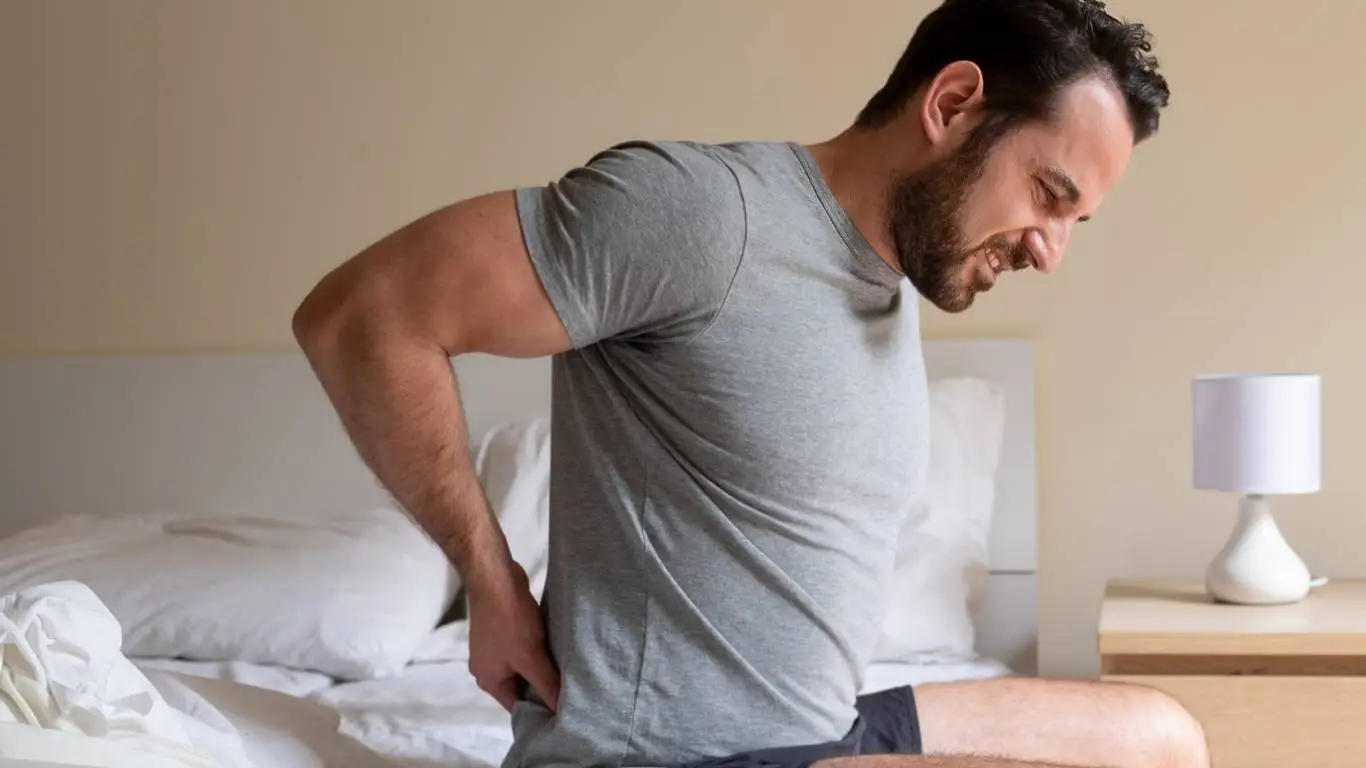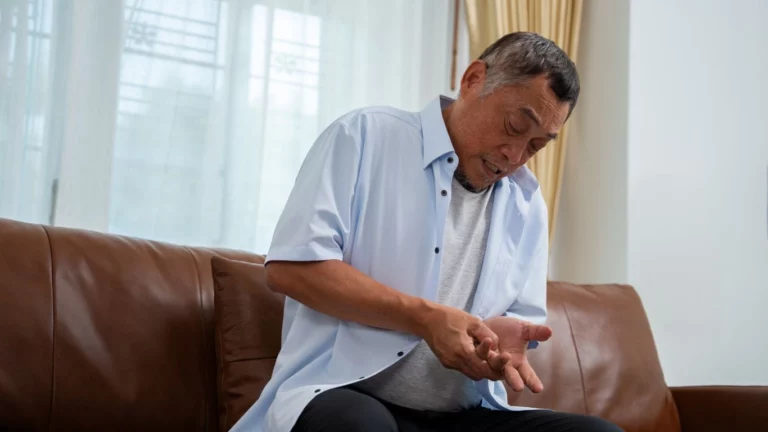Best Self-Myofascial Release Techniques for Lumbar Tension Relief
Lower back tightness has been a part of my daily reality for years. Whether it’s from long hours sitting at the desk or pushing too hard during workouts, that nagging lumbar tension just won’t quit. If you’ve been there, you know how frustrating it is. One day I stumbled on something that changed the game for me—self-myofascial release for lumbar tension. It’s a simple yet incredibly effective way to release deep-seated muscle tightness without booking another expensive massage.
What Is Self-Myofascial Release—and Why It Works
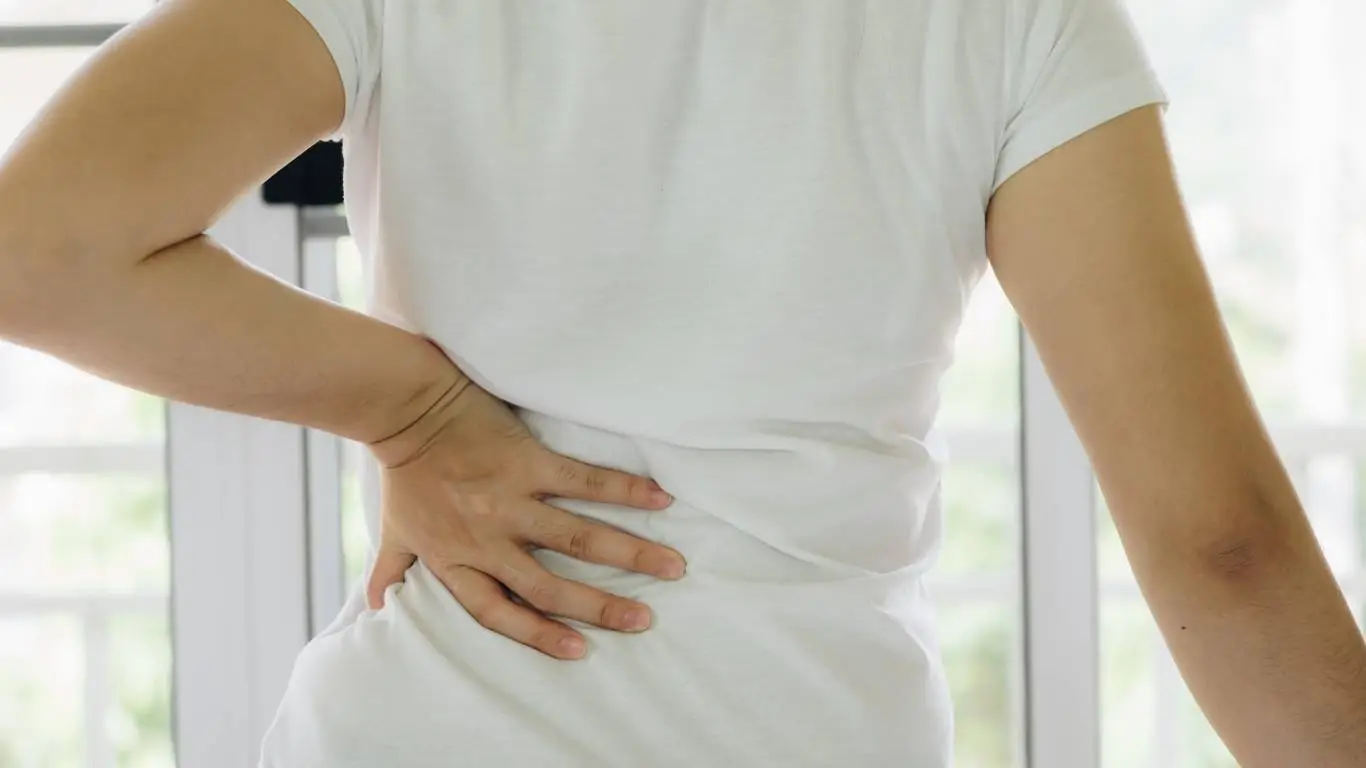
Self-myofascial release (SMR) is a fancy term for using tools like foam rollers, massage balls, or even your own hands to work on muscle fascia—those connective tissue webs that get stiff and sticky over time. When these tissues around the lumbar area get tight, they restrict movement and make your back feel constantly wound up.
The real magic of SMR lies in its ability to target trigger points and break up those fascial adhesions. By applying controlled pressure to specific areas, you help rehydrate the tissues and restore natural movement. It’s not just feel-good fluff—it’s rooted in biomechanical research and widely endorsed by physical therapists.
Common Signs You Might Need SMR for Lumbar Tension
- You feel stiff every morning and need 10 minutes to “loosen up”
- Low back soreness flares up after sitting or standing too long
- Your hips or hamstrings feel tight even though you stretch often
- Twisting or bending to one side feels uneven or strained
Sound familiar? You’re not alone. According to studies from Mayo Clinic, back pain affects 8 out of 10 adults at some point—and lumbar tension is a major culprit.
How I Use SMR for My Lower Back—And What Actually Works
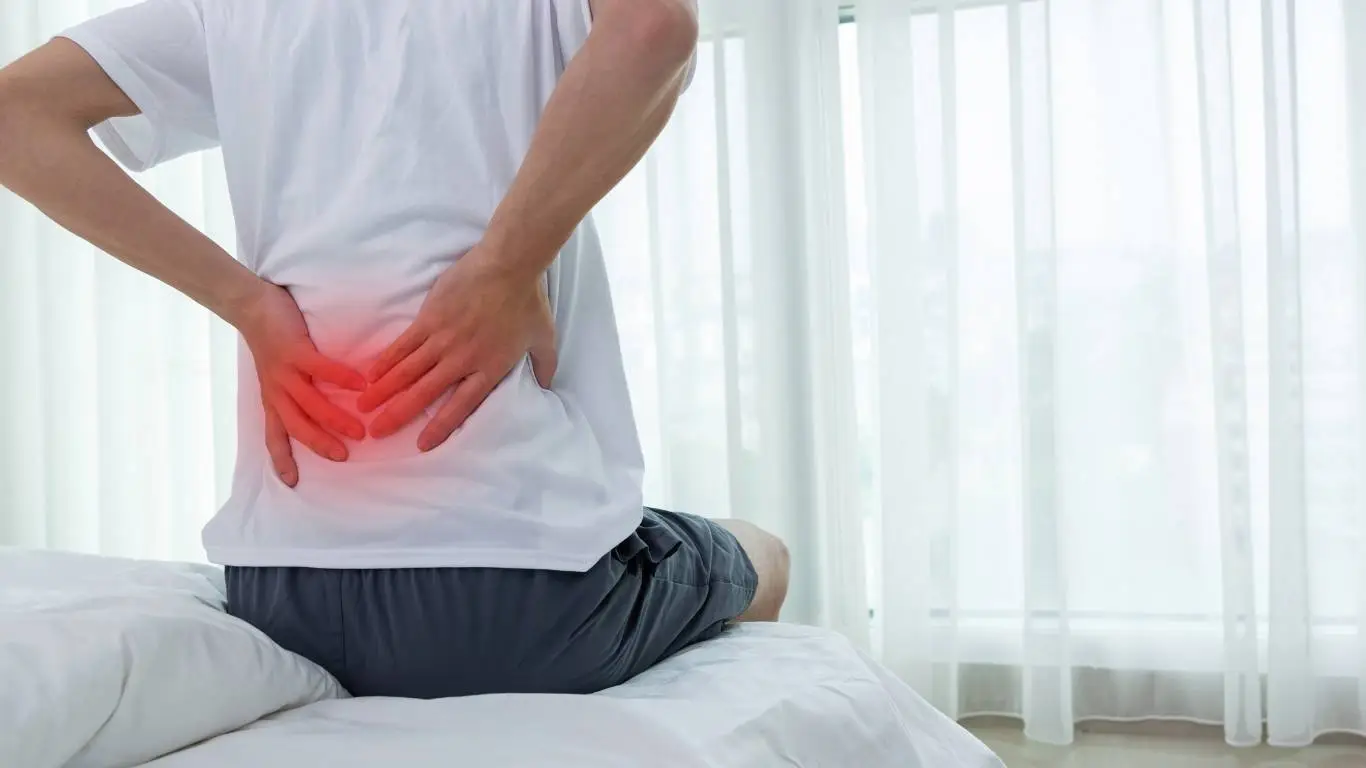
When I first started using a foam roller, I’ll admit—I was skeptical. I thought, “Can rolling on this tube really untie the knots in my back?” But within a week, the difference was obvious. My lower back didn’t feel like a cement block anymore. Here’s how I make SMR a part of my daily flow:
- Start with the glutes and hips. Believe it or not, your lower back often gets tight from compensating for weak or tight muscles around it. Rolling out my glutes and hip flexors is always my first step.
- Move to the thoracolumbar fascia. That thick band of connective tissue running across your lower spine responds really well to gentle, slow rolling with a firm ball or foam roller.
- Finish with the hamstrings. Tension in the hamstrings often pulls on the pelvis, adding more strain to the lower back. I make sure to release these too.
I picked up this routine after reading about how weak glutes and lower back strain are so interconnected. It’s wild how one neglected muscle group can trigger a whole cascade of tightness.
Tools You Can Use to Release Lumbar Fascia at Home
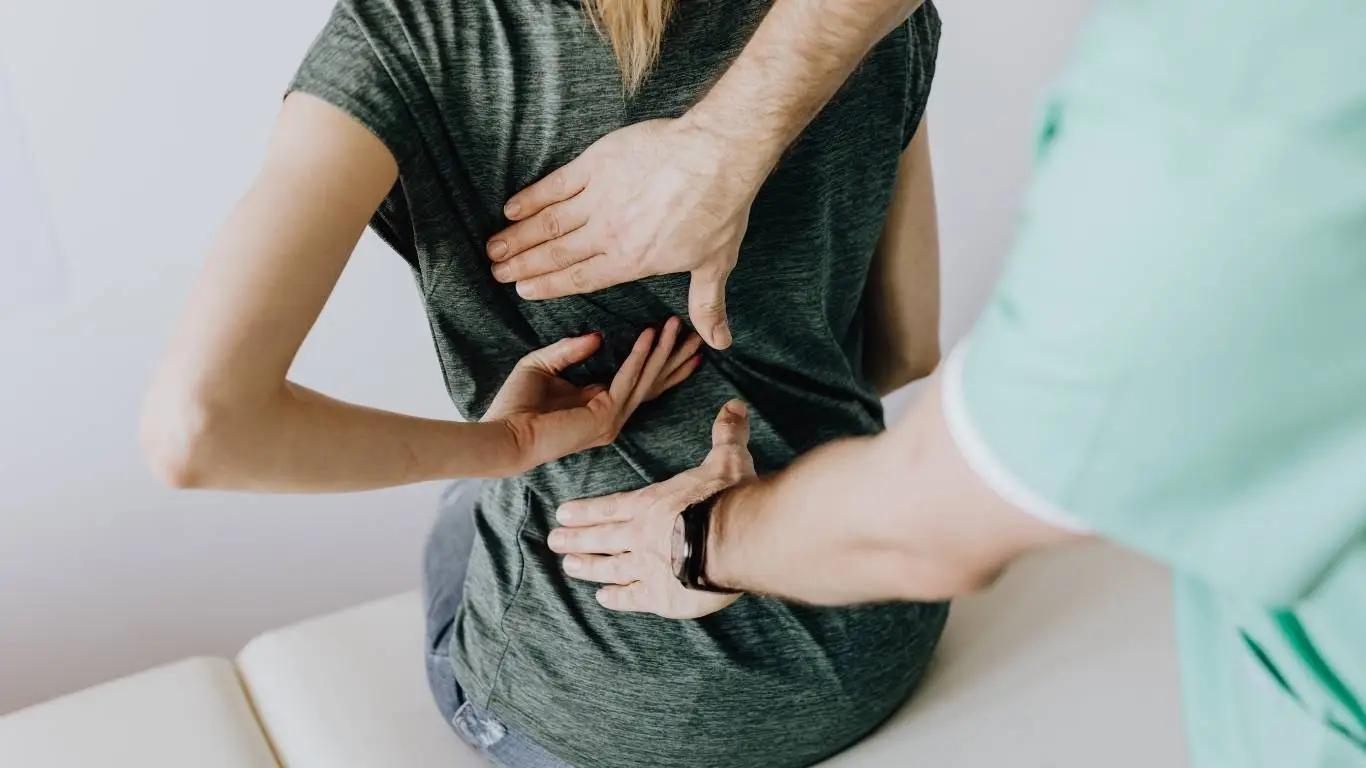
You don’t need a high-tech massage device to get started. I’ve tested a bunch of gear over the years, and honestly, the basics still work best:
- Foam Roller: A medium-density roller works wonders for general tension. I prefer the textured kind—it grabs the fascia better.
- Lacrosse Ball: Cheap, portable, and perfect for deep trigger points. I use this mostly around the sacrum and glutes.
- Massage Gun: Great for days when I’m really sore and need a faster release session.
- Yoga Block: For supporting certain positions and gently releasing pressure points in a static hold.
More important than the tool is the technique. You want to go slow, breathe deeply, and never roll directly over your spine. That’s a big no-no. Instead, roll along the muscles that run next to it.
What Happens When You Ignore Lumbar Tension
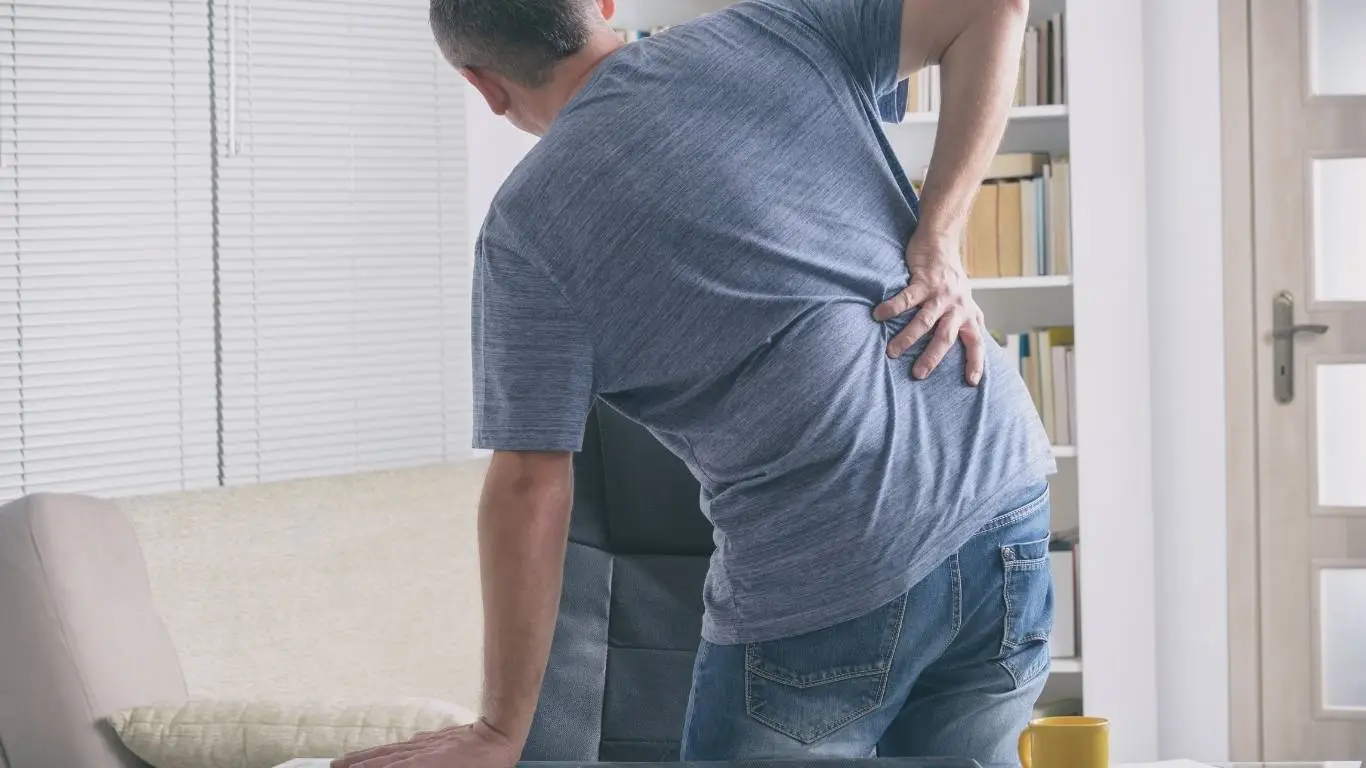
I used to think back stiffness was just part of getting older, but over time I noticed it affected how I moved, trained, and even slept. Ignoring it only made things worse. That chronic tightness doesn’t just stay in your lower back—it spreads upward, affects your posture, and starts pulling on other parts of your body.
Left untreated, you risk developing more serious issues like muscle imbalances, nerve compression, or even disc degeneration. It’s a domino effect, and fascia is right at the center of it all.
If you want to go deeper into understanding the anatomy and types of lumbar-related back pain, the guide on back pain types and anatomy breaks it down in a way that actually makes sense. I also found the broader resource at Healthusias’ main back pain page super helpful when I was first learning about all this.
When and How Often Should You Do Self-Myofascial Release?

If you’re like me, you might have wondered, “Is it possible to overdo this?” Yep—it is. When I first started, I was rolling like a maniac every morning and night. Bad idea. My back felt bruised, not better. Here’s what worked for me:
- 3 to 4 times a week is plenty for most people. This gives your tissues time to adapt and recover.
- 5–10 minutes per session is more than enough. It’s not about crushing your muscles—it’s about consistency.
- Always pair it with movement. After rolling, I usually do a few cat-cows or gentle yoga twists to reintroduce motion.
The key is to stay regular with it. Just like brushing your teeth—you don’t need to do it all day, just enough to stay ahead of the gunk. If you’re someone who sits for long periods or does a lot of repetitive lifting, making SMR part of your weekly routine is honestly one of the best investments you can make.
SMR vs Stretching: Why You Need Both
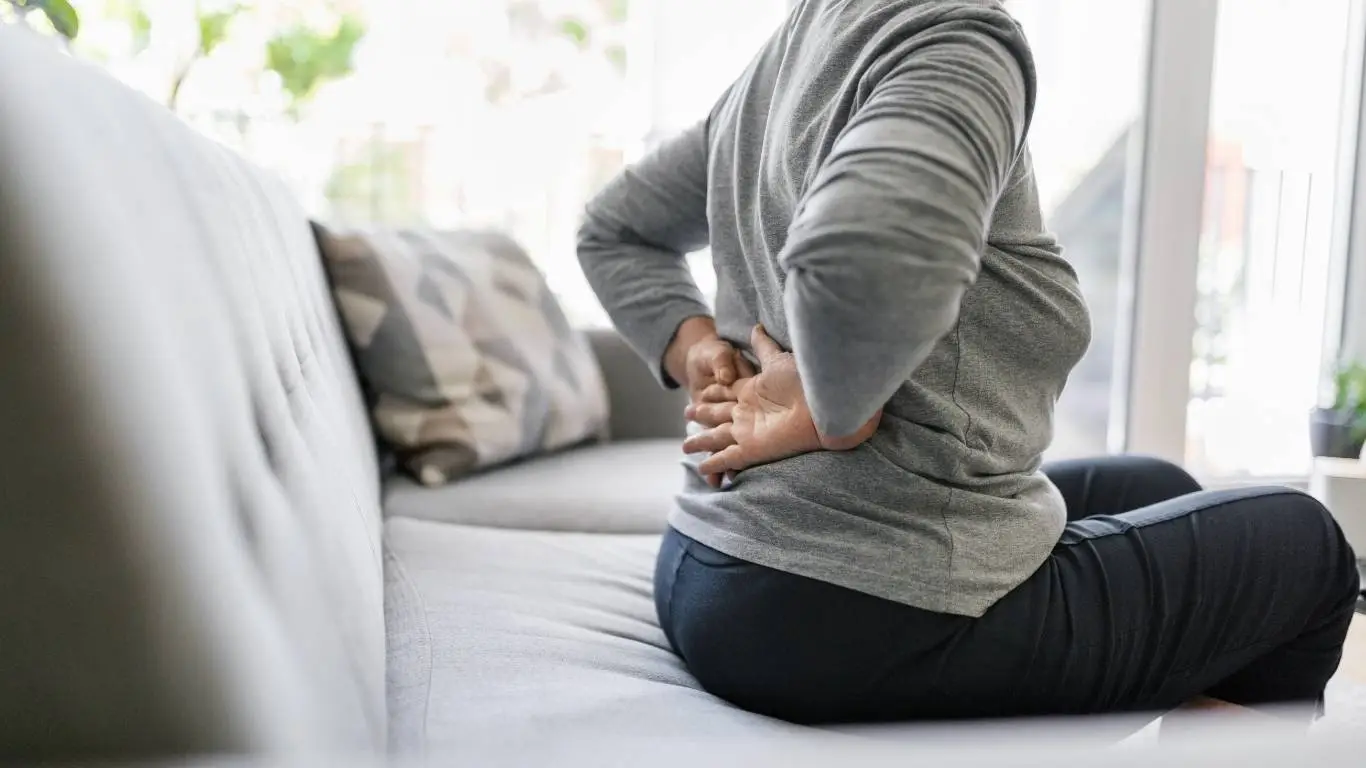
I used to think stretching was enough. Turns out, if your fascia is all gummed up, stretching alone won’t cut it. I’d be holding hamstring stretches for 30 seconds, wondering why nothing was improving. That’s because I was trying to lengthen a rope that was still knotted.
Self-myofascial release unties the knots. Stretching then restores the length. Once I figured that out, it was a total game-changer. The combo of both techniques gave me way better flexibility and pain relief than either one alone.
This balance is especially critical if you’re dealing with tight hamstrings and back pain or morning stiffness. My advice? Roll first, then stretch—always in that order.
Who Should Be Careful With Self-Myofascial Release?

As much as I love SMR, it’s not for everyone—or at least not without some caution. If you’re dealing with any of these issues, consult a pro before diving in:
- Acute injuries—especially those involving swelling or inflammation
- Herniated discs—direct pressure could worsen the problem
- Severe osteoporosis—risk of fractures
- Pregnancy—some positions may not be safe or comfortable
If your back pain started suddenly, or worsens with movement, there could be something more serious going on. The article on sudden sharp back pain causes helped me rule out red flags when my own discomfort changed patterns last year.
Bonus Tips That Make SMR More Effective

After months of tweaking, here are a few things that really boosted the results I got from SMR:
- Breathe deeply while rolling. If you’re holding your breath, your muscles will too. Slow, diaphragmatic breathing helps the fascia release more easily.
- Drink water before and after. Hydrated fascia is healthier fascia. Think of it like kneading dough—it only works if it’s not dried out.
- Roll at the end of the day. Morning works too, but I personally find my back responds better when it’s already warm from daily movement.
Also, keep in mind that fascia responds to consistent, moderate pressure. Rolling aggressively might feel productive, but it often backfires. Gentle, deliberate pressure is your best friend here.
Bringing It All Together: My Ongoing SMR Routine

Here’s what my current weekly routine looks like—and it’s kept my lumbar tension from taking over my life again:
- Monday/Thursday: 10 minutes foam rolling (glutes, hips, thoracolumbar region)
- Tuesday/Saturday: Short lacrosse ball session + 5 minutes stretching
- Every night: Quick hip flexor stretch and cat-cow flow (2 minutes tops)
I still occasionally get flare-ups, especially after a rough workout or long travel day. But instead of reaching for painkillers, I grab my roller. It’s empowering to know I’ve got a tool that actually works—and that it’s based on real science, not just feel-good fluff.
To explore other ways to integrate rehab and movement into your routine, I recommend checking out exercise and rehab for back pain. It goes beyond SMR and gets into posture, movement patterns, and ergonomics—all of which play into long-term back health.
And if you’re new to the bigger picture of how back pain works and what affects it, don’t miss this comprehensive back pain resource—it’s where I started when I was trying to piece things together.

Camellia Wulansari is a dedicated Medical Assistant at a local clinic and a passionate health writer at Healthusias.com. With years of hands-on experience in patient care and a deep interest in preventive medicine, she bridges the gap between clinical knowledge and accessible health information. Camellia specializes in writing about digestive health, chronic conditions like GERD and hypertension, respiratory issues, and autoimmune diseases, aiming to empower readers with practical, easy-to-understand insights. When she’s not assisting patients or writing, you’ll find her enjoying quiet mornings with coffee and a medical journal in hand—or jamming to her favorite metal band, Lamb of God.
